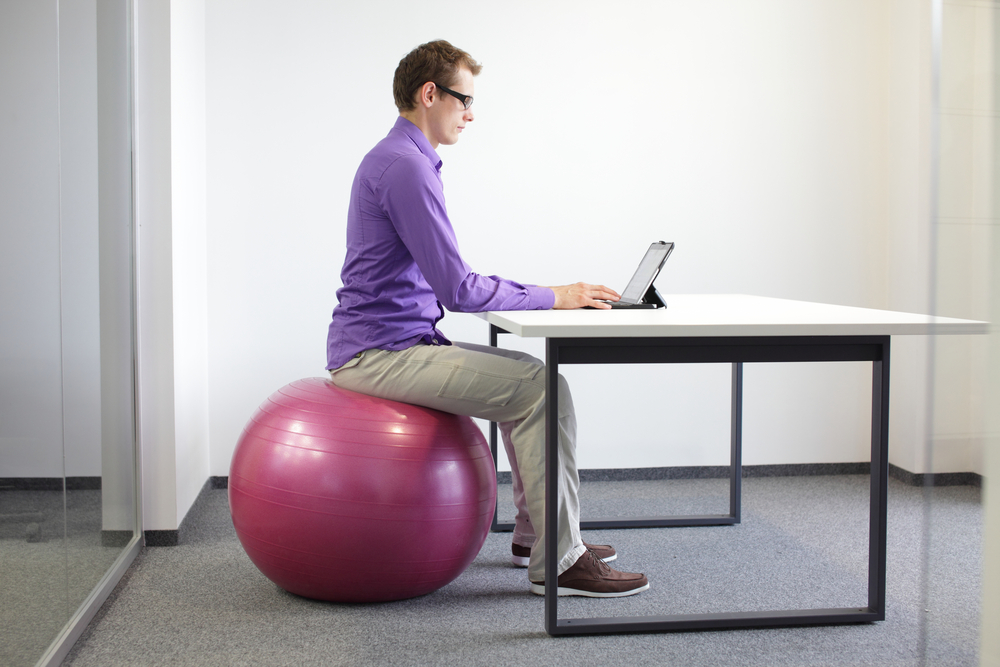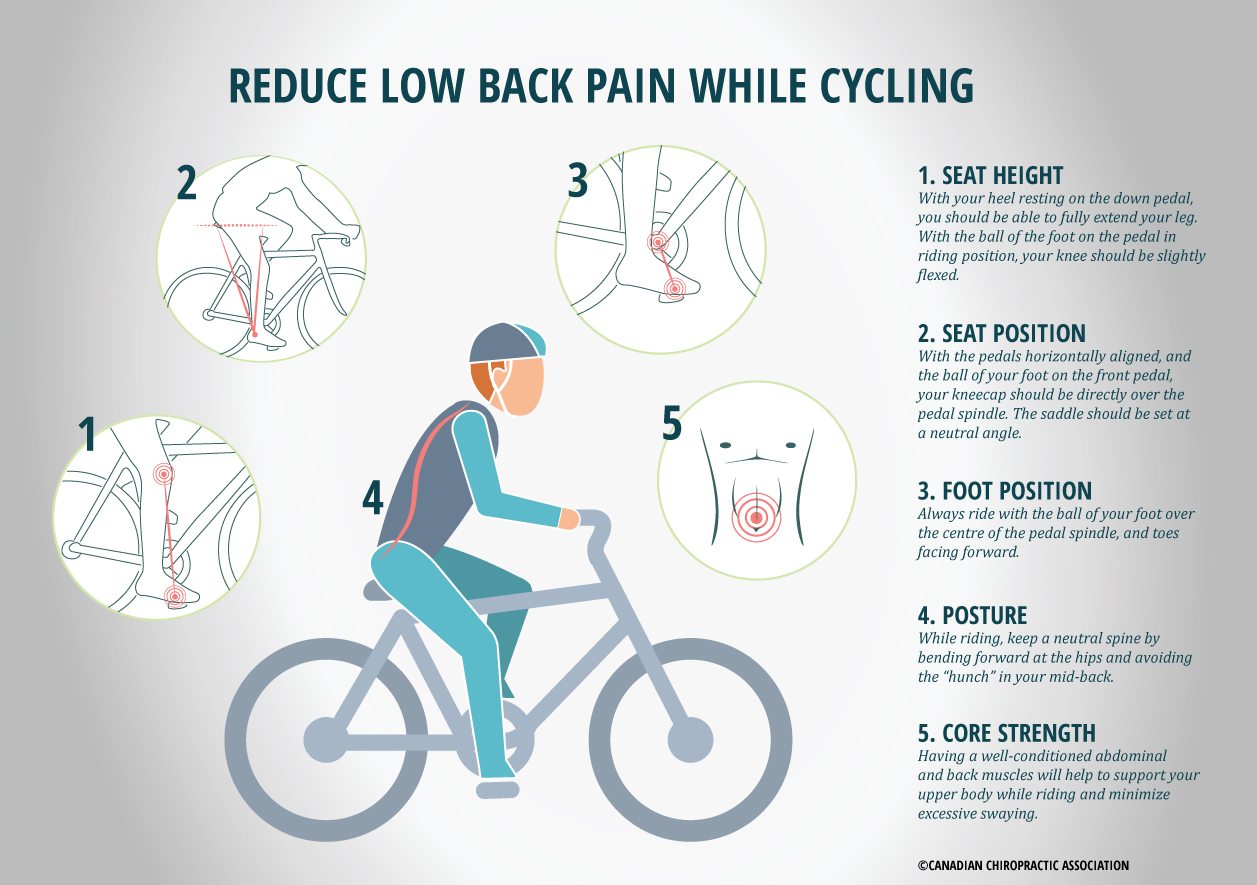Sitting behind a work station and desk has become a modern 21st century problem in western societies responsible for many of the commonly seen issues at the chiropractic and family doctors’ offices. Sitting all day long might seem harmless without any real negative consequences on the body, especially with all the fancy modern expensive chairs that nowadays probably have 98 different adjustment options and are probably made up of some sort of a NASA engineered supportive material wrapped in kangaroo leather. I’m exaggerating here, but the truth of the matter is the exact opposite. Sitting all day long puts a tremendous amount of strain on the body, which can lead to many chronic conditions. Majority of these conditions fall under the category of repetitive overuse injuries. Some of these conditions include:
- Low back pain
- Sciatica
- Neck strain
- Headaches
- Carpal tunnel syndrome
- Tennis elbow
- Rotator cuff strain
- Tendonitis
- Restless leg syndrome
- Eye strain & dry eyes
- Neuropathies
In addition to putting pressure on the body by sitting all day long, most people do not have great work station ergonomics and have poor postures. The combination effect of these is the development of a system of muscle imbalances and overcompensation patterns (unstable patterns) in the body. These imbalances and unstable movement patterns are better known as Upper Crossed Syndrome and Lower Crossed Syndrome. I explained these in a previous blog titled “Postural Syndrome – A Modern Biomechanical Phenomenon.”
The best way to limit getting these repetitive overuse conditions and developing improper movement patters is not to sit at all throughout the day. However, this may not be a plausible option. Being a realistic person and being guilty of this myself as I sit behind a computer writing this blog, I think it’s best to talk about a few tips to limit these conditions.
15 TIPS for limiting injuries from sitting:
- Request a standing desk from your employer (if possible). More employers are recognizing the importance of their employees’ health
- Sit on a stability ball (if possible) – Helps activate the core
- Have an ergonomic work station:
- Firm supportive chair
- Computer screen at 90 degrees to your eyes
- If using a laptop, put something under to bring it to eye level
- Have your work station directly in front of you and not to the sides
- Use an external mouse and not the laptop’s touch pad
- Use a gel padding under your wrist while using a mouse
- Have a gel padding for wrists behind the keyboard
- Adjust the height of your chair to be level with the work station
- Use the 90 degrees rule for body parts:
- Arm, elbows, wrists, knees, shoulders should not be bent more than 90 degrees. Keep everything at 90 degrees
- Do NOT cross your legs
- Sit at the edge of the seat and don’t lean back; actively use your own core muscles to sit tall
- Take your eyes off the screen and refocus on something in the distance periodically to avoid eye fatigue and strain
- Vary the work tasks. Break up keyboarding tasks by doing other job duties or tasks that involve moving around or changing body position
- At minimum take a 2-5 minute break every 45-60 minutes to walk around and stretch
- Walk around for 2-5 minutes every hour to improve blood flow and reset muscle tone
- Drink plenty of water (have a small water bottle that constantly needs filling up)
- Go to the bathroom on your breaks and don’t hold it in
- Have snacks between meals to provide nutrients
- Important to schedule break & stretch reminders into your daily schedule. For example:
- 11:00am – 11:55am: work on computer
- 11:55am – 12:00pm: Get water, walk around, stretch legs
- 12:00pm – 12:55pm: non-computer work (if possible)
- 12:55pm – 1:00pm – Upper body stretch, bathroom break
- Perform office stretches to help relax muscles and joints. See examples below.
- Get chiropractic or massage treatments if you have pain (limit using medication)
- Exercise regularly to stay strong for your work
Please SHARE this article if you find it useful to help spread knowledge and understanding!












